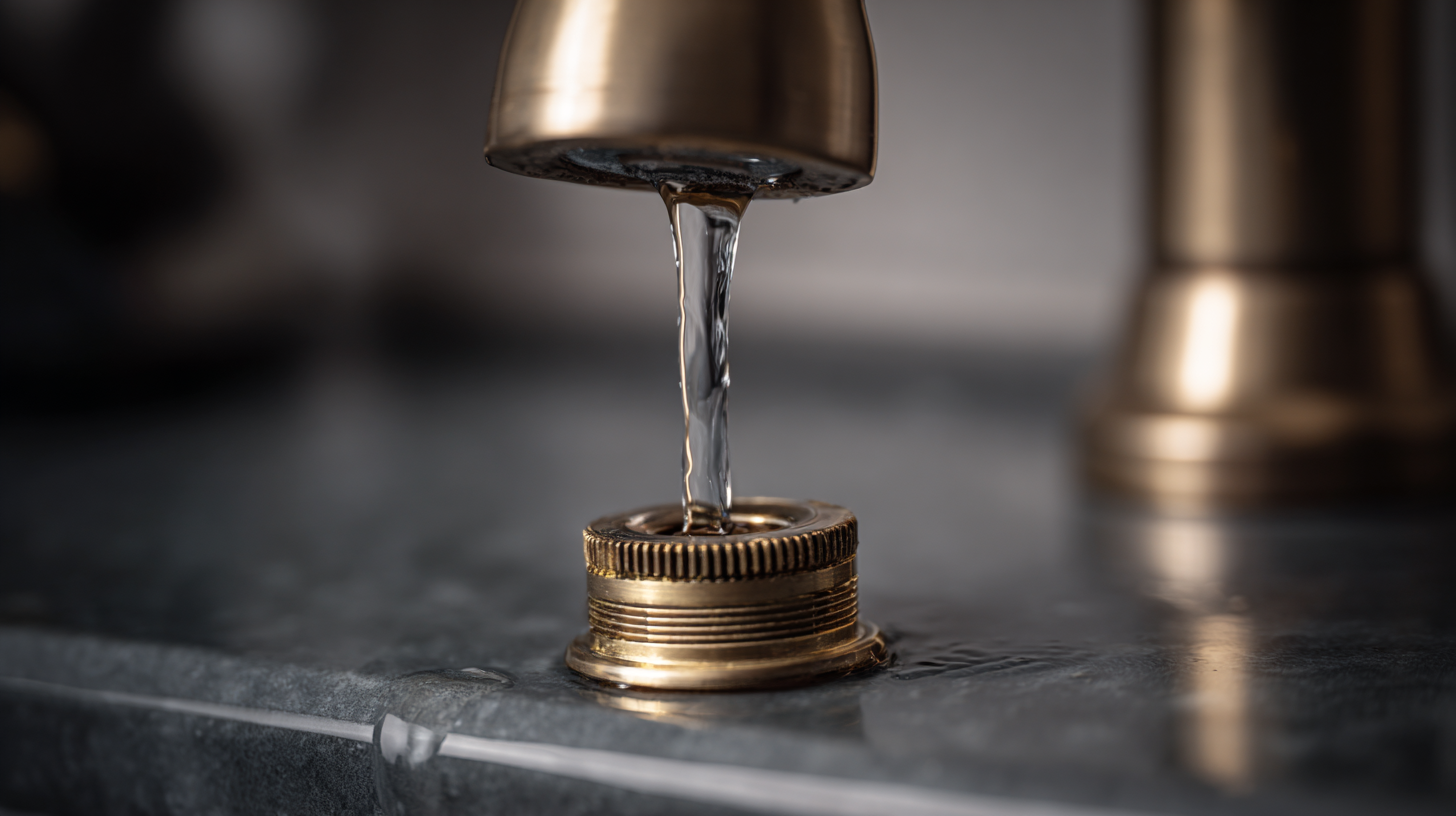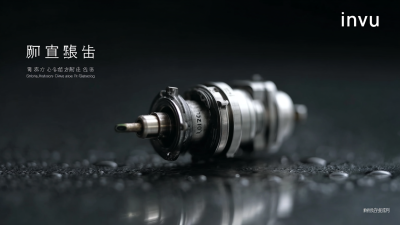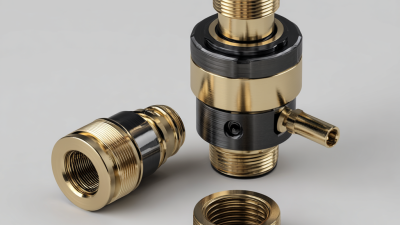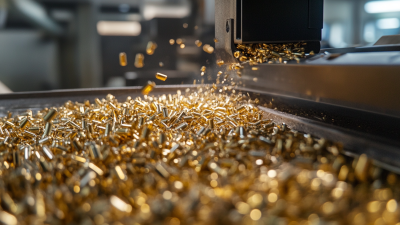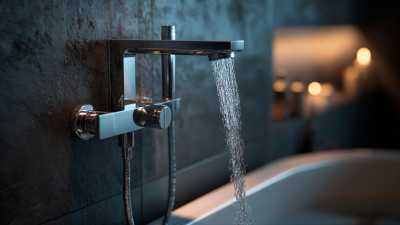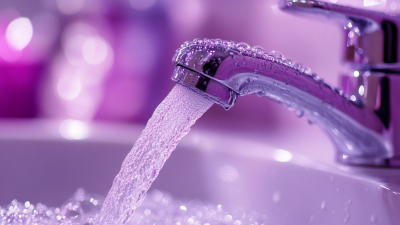Faucet cartridges play a crucial role in ensuring that your home's faucets function smoothly and remain drip-free. These innovative devices are at the heart of modern faucet designs, providing a simple yet effective solution to control water flow and temperature. Understanding the various types of faucet cartridges is essential for homeowners who want to maintain their plumbing systems and prevent annoying leaks. From compression cartridges to cartridge types such as ceramic disc and ball cartridges, each design offers unique advantages that can enhance your faucet's performance.
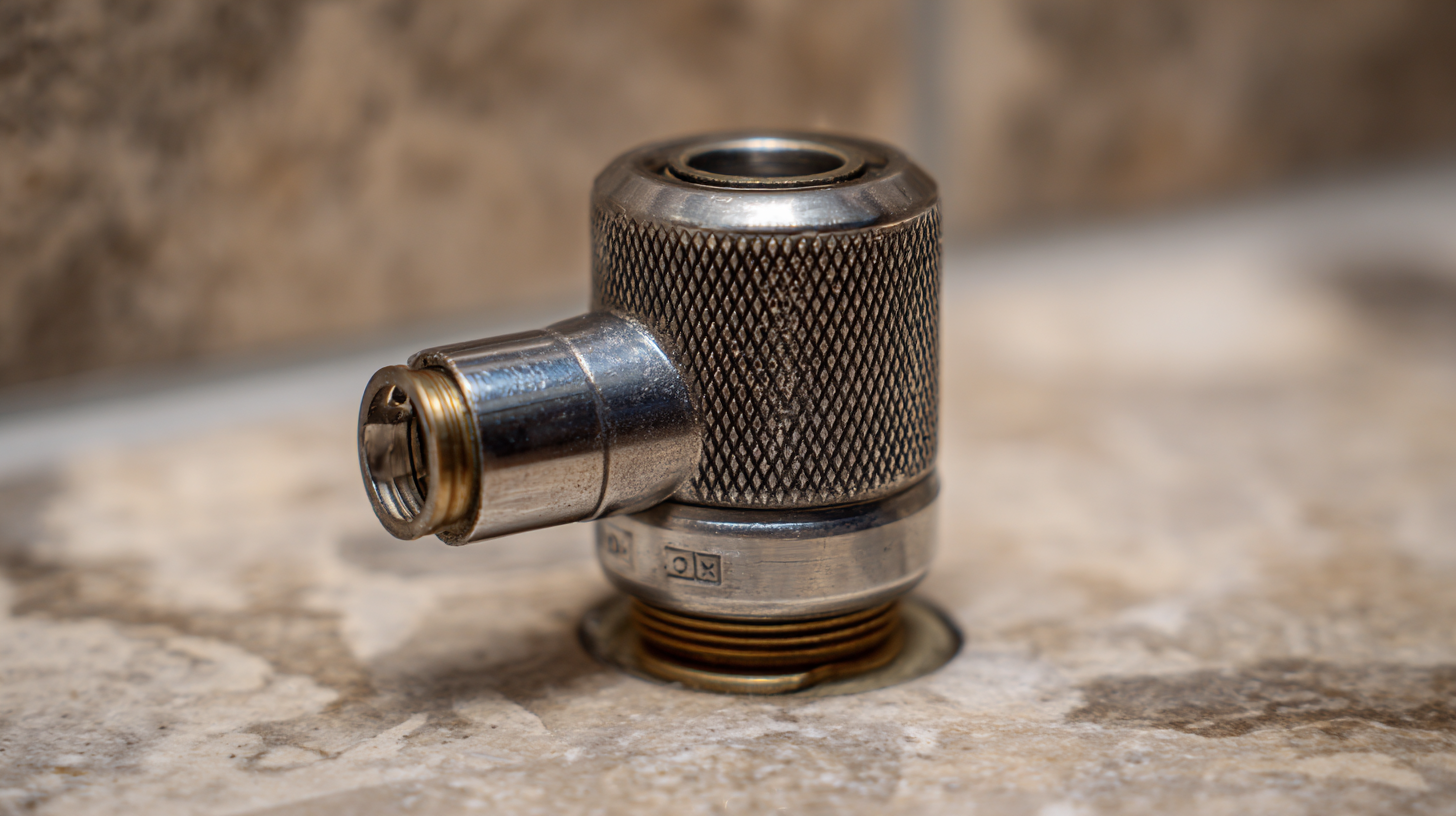
This guide aims to delve into the world of faucet cartridges, exploring their construction, functionality, and the significant impact they have on both everyday use and long-term maintenance. By familiarizing yourself with these essential components, you can make informed decisions when it comes to repairs or upgrades, ensuring a hassle-free experience in your home.
Faucet cartridges are essential components of modern plumbing systems, serving as the heart of your faucet's functionality. They regulate water flow and temperature, significantly impacting the overall efficiency of residential plumbing. According to a report by the Plumbing-Heating-Cooling Contractors Association (PHCC), nearly 80% of plumbing issues in households can be traced back to the improper functioning of faucet components, including cartridges. By understanding and regularly maintaining these cartridges, homeowners can prevent frustrating leaks that waste both water and money.
In addition to reducing water wastage, properly functioning faucet cartridges contribute to the longevity of the plumbing system. A study from the American Water Works Association (AWWA) revealed that a single dripping faucet can waste over 3,000 gallons of water per year, leading to substantial increases in water bills. Furthermore, replacing a faulty cartridge is a cost-effective solution compared to more extensive plumbing repairs that may arise from neglecting smaller issues. Therefore, recognizing the critical role faucet cartridges play in home plumbing can not only enhance comfort and convenience but also contribute to water conservation efforts and lower utility costs.
This chart illustrates the popularity of various faucet cartridge types found in modern plumbing systems. Understanding these different types can help homeowners make informed choices for a drip-free home.
When it comes to maintaining a drip-free home, understanding the various types of faucet cartridges is essential. Faucet cartridges are the internal components that regulate the flow of water and control temperature. The most common types include compression, cartridge, ball, and ceramic disc cartridges, each with unique functions. Compression cartridges use washers that wear out over time, leading to leaks. Cartridge faucets, on the other hand, feature a single or double-handle design that allows for precise control of water temperature and flow rates.
In the world of kitchen remodels, selecting the right faucet can elevate both aesthetics and functionality. Several modern options come equipped with innovative features. Some faucets, designed to minimize bacteria spread, utilize touchless technology, allowing users to operate them without physical contact. Additionally, many newer models incorporate easy-to-install ceramic cartridges for smooth operation and longevity. Homeowners looking to upgrade should consider faucets that cater to their specific needs, ensuring they pick designs that not only perform well but also complement their overall kitchen style.
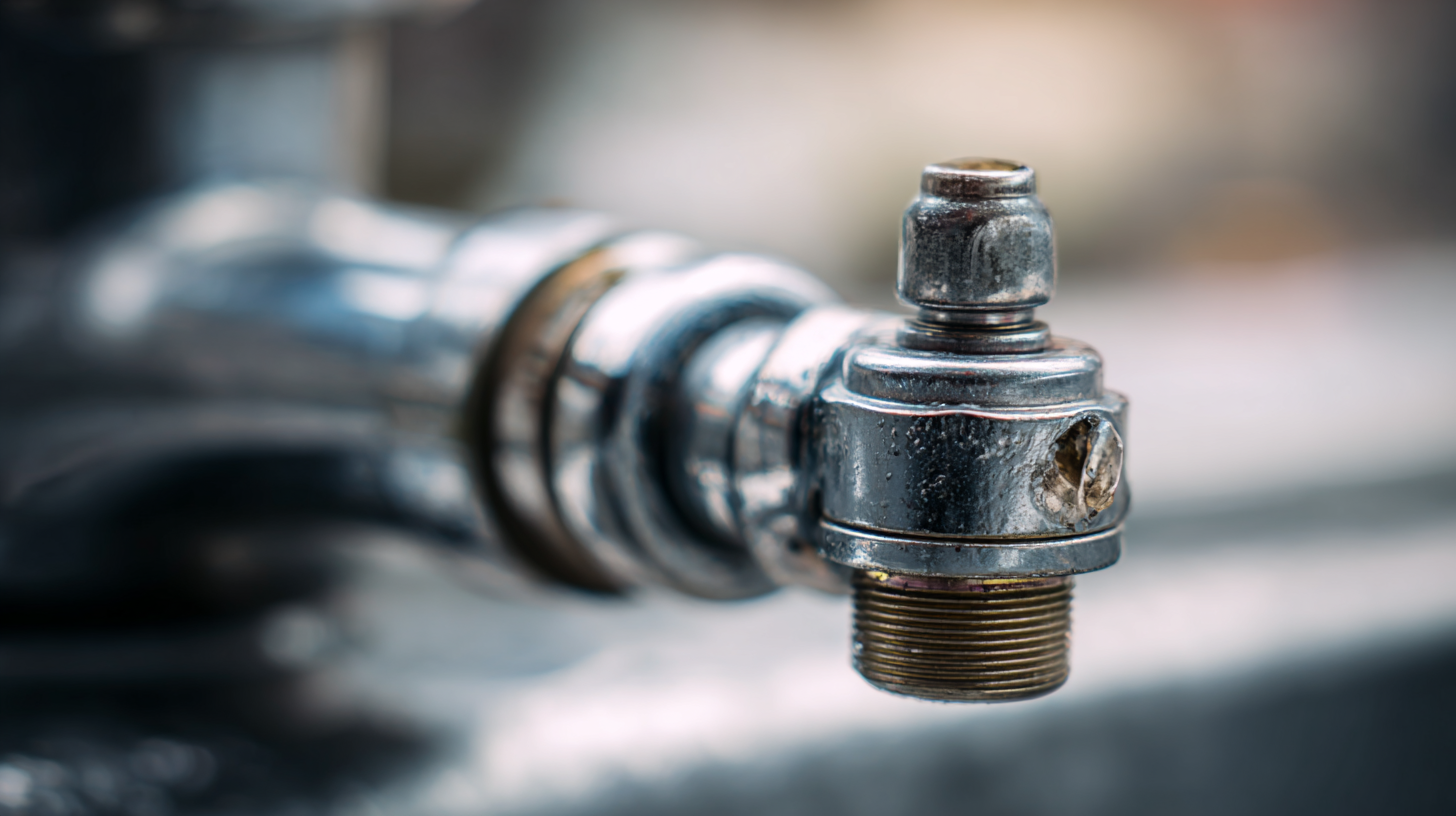
Identifying a faulty faucet cartridge is essential for maintaining a drip-free home. A worn or damaged cartridge can lead to leaks that not only waste water but also might cause further plumbing issues. Common indicators of a faulty cartridge include water dripping from the spout when the faucet is off, reduced water pressure, or an unusual noise when the faucet is running. In some cases, the faucet may stop working altogether if the cartridge is completely malfunctioning.
To diagnose the problem, first, inspect the faucet for visible leaks around the handle or base. If you detect signs of dripping, it's likely time to replace the cartridge. Furthermore, if water flow suddenly halts, common culprits include a clogged aerator or indeed, a faulty faucet cartridge. Knowing how to identify these symptoms can prevent costly repairs and extend the lifespan of your kitchen faucet. Regular maintenance checks can help catch these issues early, ensuring a smooth and efficient functioning of your kitchen sink.
Replacing a faucet cartridge is a straightforward process that can save you both time and money by preventing leaks. Start by gathering the necessary tools: a screwdriver, an adjustable wrench, and a pair of replacement cartridges specific to your faucet model. First, turn off the water supply to your faucet to avoid any mess. Then, remove the handle, usually by loosening a screw located underneath a decorative cap. Once the handle is off, you can access the cartridge underneath.
Carefully pull out the old cartridge and take it to the store to ensure you purchase an exact match. With the new cartridge in hand, insert it in the same orientation as the old one. Reassemble the faucet by replacing the handle and securing everything tightly. Finally, restore the water supply and test the faucet for leaks. If done correctly, you should enjoy a drip-free experience, enhancing your home's comfort and efficiency.
| Dimension | Details |
|---|---|
| Cartridge Type | Compression, Ceramic Disc, Ball, Cartridge |
| Common Issues | Dripping, Low Water Pressure, Difficulty Turning |
| Tools Required | Screwdriver, Adjustable Wrench, Plumber's Grease |
| Estimated Time | 30 minutes to 1 hour |
| Cost Range | $10 - $50 |
| Replacement Frequency | 5 - 10 years, depending on usage |
To maintain faucet cartridges and prevent drips, it's essential to establish a routine check-up schedule. Regularly inspecting faucet cartridges can help you identify potential issues, such as wear and tear, mineral buildup, or corrosion. Make it a habit to turn off the water supply and remove the faucet handle to examine the cartridge at least once a year. Look for signs of deterioration or leaks, and replace any faulty components promptly to avoid further damage.
Additionally, applying preventive measures can significantly extend the lifespan of your faucet cartridges. Using a water softener can reduce the hardness of your water, minimizing mineral deposits that often lead to cartridge failure. Moreover, ensuring that your faucets are not over-tightened can prevent unnecessary pressure on the cartridges. Investing in high-quality cartridges from reputable manufacturers also ensures durability and reliability, thus helping maintain a drip-free home environment.
